US (A SHORT FILM): DAN ROBINSON FOR SAMM HENSHAW
ORIGINALLY PUBLISHED BY WONDERFUL MACHINE
Brooklyn-based music & performing arts photographer Dan Robinson recently wrapped on a documentary short film with UK-based singer-songwriter, Samm Henshaw. The project follows Samm through his debut album release and world tour, Untidy Soul. We had the opportunity to connect with Dan to learn about his creative process and what life on tour was like.
Q. How did this project come about?
This project was a close collaboration between Samm and I. We had captured all of this unique footage from the trip and we knew we wanted to create something special with it. We ended up telling a wider story going back to recording his first album to eventually touring around the world.
Q. Have you worked with Samm Henshaw before?
Samm and I have worked together many times over the years so this felt like a natural progression. We’re in-sync with visual style and creative direction so it makes collaborating a smooth process.
Q. How does this project fit into your photographic style?
My work lives in a middle ground of true-to-life, raw, documentary-style imagery but has a refined commercial touch to it. I like using mixed media and textural elements in my work. All of the titles, for example, were handwritten by Samm to make the project feel more intimate and personal – like it was a journal entry in his notebook.
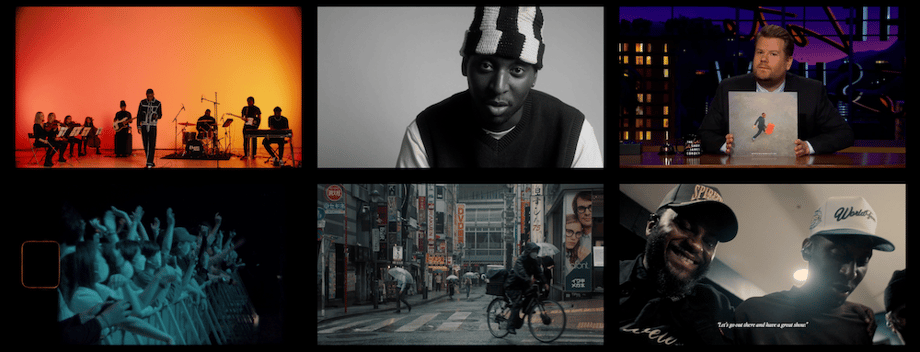
Q. In what way did you collaborate with Samm Henshaw or the label in pre-planning?
Samm and his team are in London and LA. I began developing the interview questions and laying out the general storyline we would follow. Samm flew to New York to record the interview and we spent a few days sorting through footage together. After that, we worked remotely again for the next two months to finish the project. I used Frame.io to deliver sequences and get feedback throughout the editing process, making revisions and notes from multiple people easier to manage. It also allowed Samm to stay close to the editing process even when we were remote.
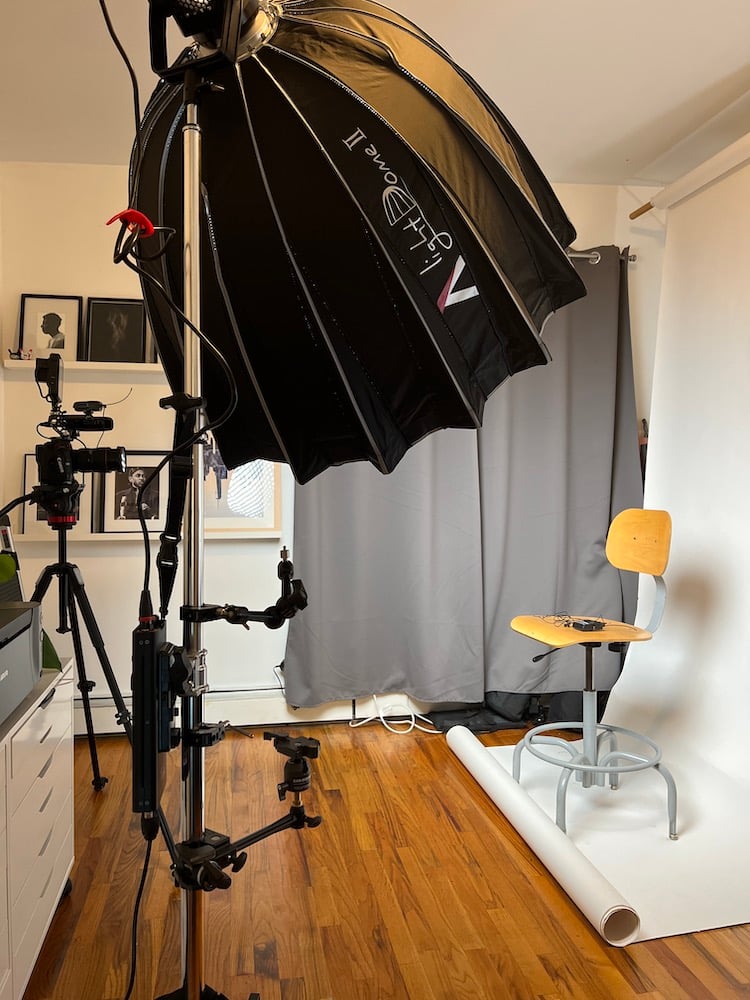
Q. What was the goal or intent of the project?
To make something special we’d be proud to share with people. We wanted it to feel personal, like you were right there with Samm going through the story. Selfishly, we also just wanted to have something that felt complete to look back on and remember a great time in life.
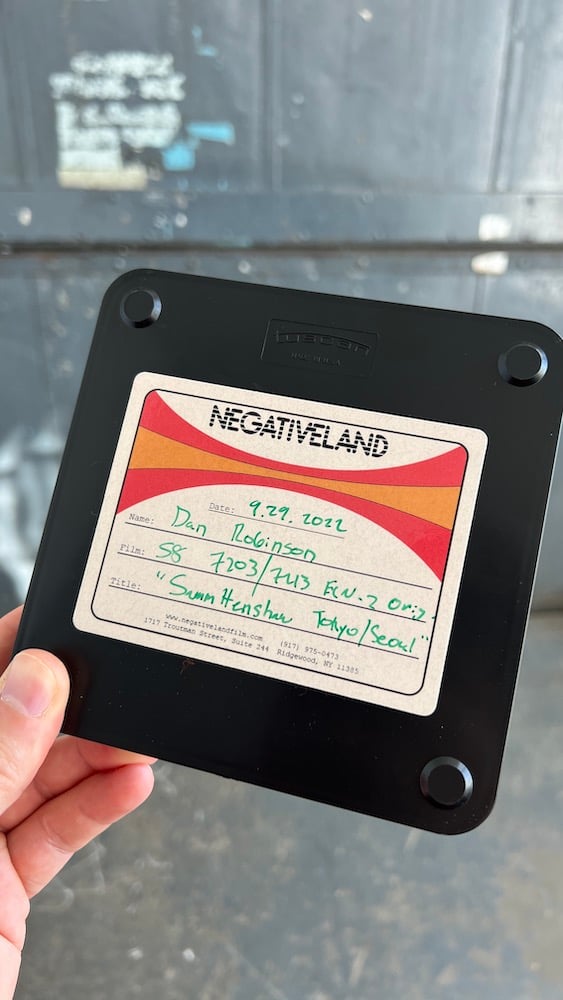
Q. Tell me about production on tour – what was the process?
Documenting tours have been some of the most memorable and fun parts of my career so far. There’s a certain rhythm you’re in after a few days on the road — travel, shoot, edit, deliver, repeat. The output quantity is so high, I’m creating and publishing daily. I’m not only looking to shoot the show itself but all of those little in-between moments — the pre-show rituals, the dinners, the off-day activities, the random walks around a new city. I am shooting constantly, then finding time to edit as much as I can, usually while everyone else is resting. Making edits and delivering images daily is a creative frenzy. I love the energy.
Shooting a concert is a fun test for any photographer to navigate. You’re shooting in a pitch-black room with flashing stage lights in motion, colors changing, and a fast-moving subject. There are no second chances if you don’t nail the shot, if you miss it, the moment is gone. During the show, I am moving around the venue and stage to get as many unique perspectives as I can. I want to show the fan experience, the artist’s perspective, the location, and the culture. I’m usually switching between photography and video throughout the setlist. The stage is almost like a portrait studio, I’m looking for moments where the lighting and the artist perfectly line up to make a unique image and tell a story.
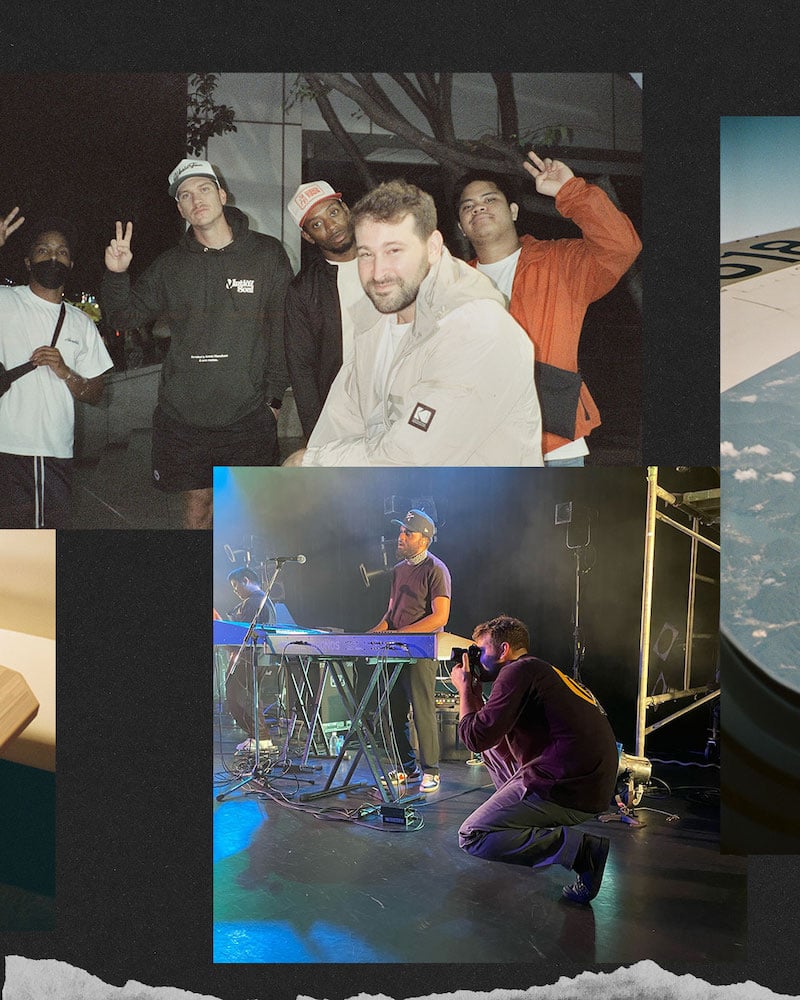
Q. What was the editing process and post-production like for this project?
We spent around two months developing the storyline, collecting and sorting through footage, and editing the final piece. I had never cut a documentary before, so the overall process was new to me. I underestimated the grind of digging through hours of footage and conversations to find those perfect moments and words that progress the story.
I approached the edit by breaking the storyline into 12 blocks. I made a separate sequence for each block and cut them individually. When each block stood on its own, I combined them together into a complete timeline. From there, it was a process of blending the blocks together and refinement. This was the hardest part, the polishing. Trimming away certain lines that I loved or getting down to single frames being trimmed. Getting into the tiniest details, then zooming back out to see how they relate to the larger piece.
Q. What creative challenges did you encounter? Any technical or logistical challenges?
I luckily didn’t run into any technical problems, the challenges were all in the process. Every single scene and word spoken in the final cut is intentional. The hardest part of the process is finding those exact moments and lines to use and removing everything else. It’s like sculpting a block of marble — at first, you’re breaking away huge blocks from the timeline. Then as the final piece takes shape you’re shaving away single frames at a time — polishing, polishing, polishing.
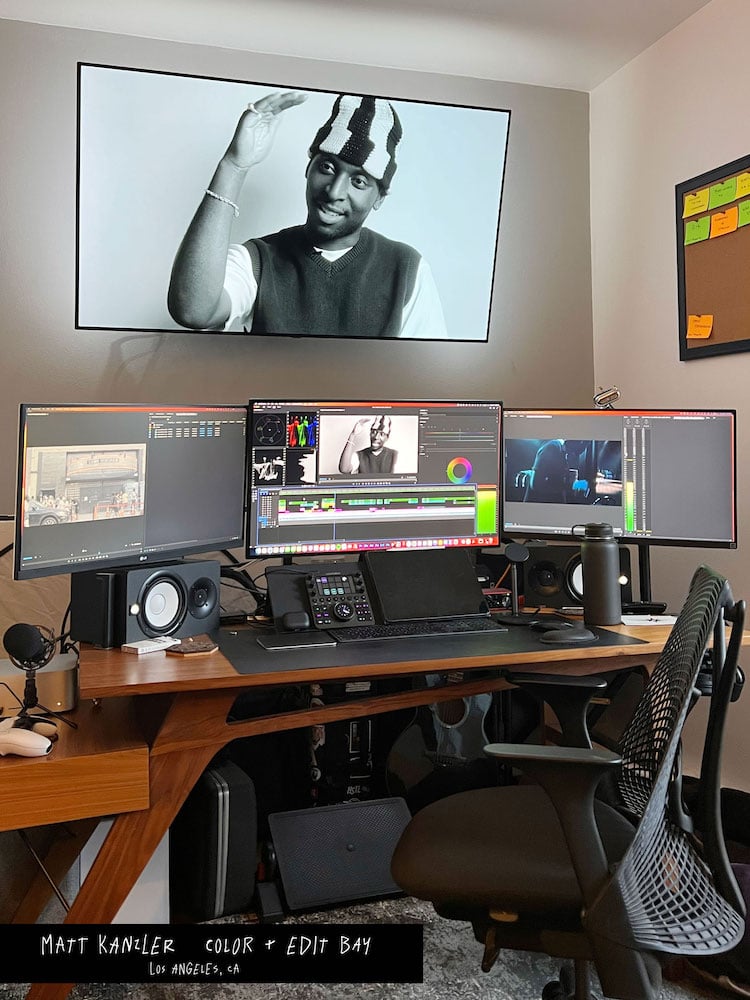
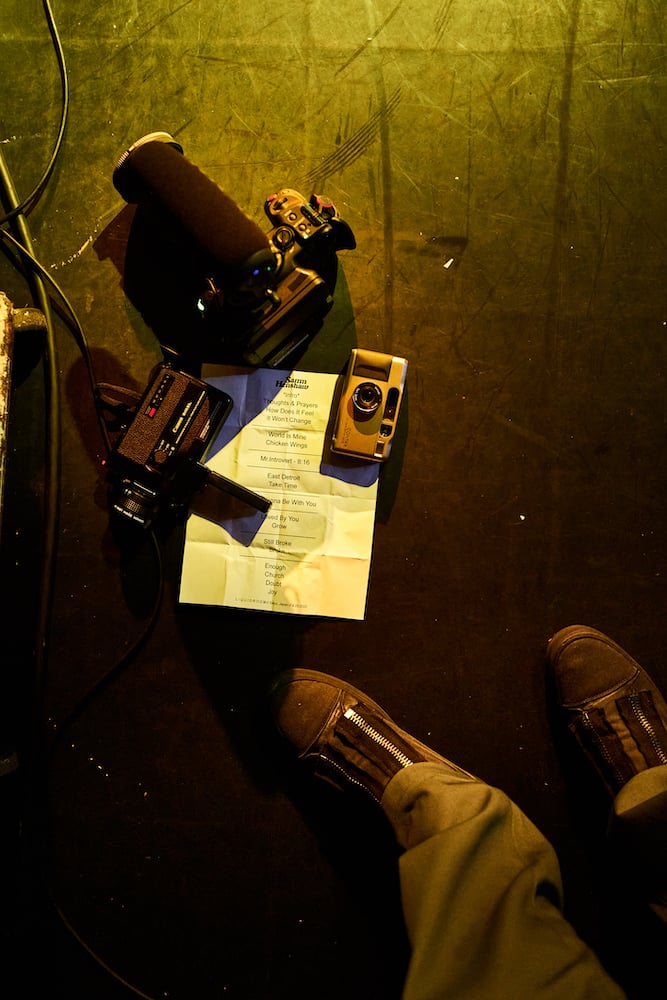
Q. What was it like working with Samm Henshaw as a subject?
Samm is always a pleasure to work with, his whole team is. Between the editing process and tour itself, he and his team are always supportive and they trust me to bring the vision to life.
As a subject, Samm is super genuine and comfortable with the camera. I’ll feed him questions or coax certain interactions at times, but overall I don’t have to give much direction. It’s more of a documentation – capturing scenes unfolding in real time. Samm is actually a bit of a photographer himself too. When we’re walking around, he usually carries a 35mm Minolta with him. Arriving in Tokyo, we realized we both brought Super 8 cameras. Knowing he has an appreciation for the process gives me space to take chances creatively without worry.
Q. What is it about who you are that allows you to connect with subjects?
I try to approach a subject with my own curiosity but not my own biases. I want to be open to learning something new from that person and to give them the space to think and share giving me more authentic and truthful bits to tell their story with.
Q. Do you feel you learned anything from this experience that will aid you in your career?
This whole project was a massive learning experience. I would love to create more documentary-style projects like this one —using archival footage, behind-the-scenes, and mixed media to tell narrative-driven stories.
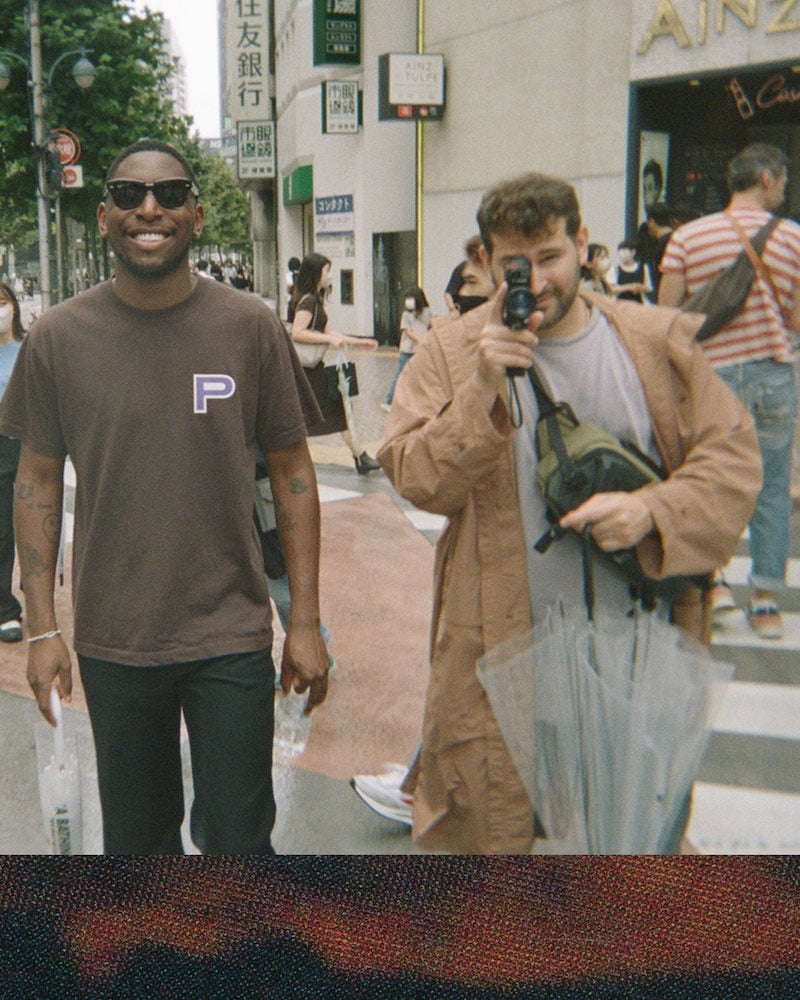
See more of Dan’s work on his website.
Credits
Consulting Editor: Olivia Becker
Colorist: Mathew Kanzler
Sound: Michael Spencer





Leave a comment